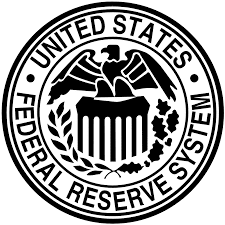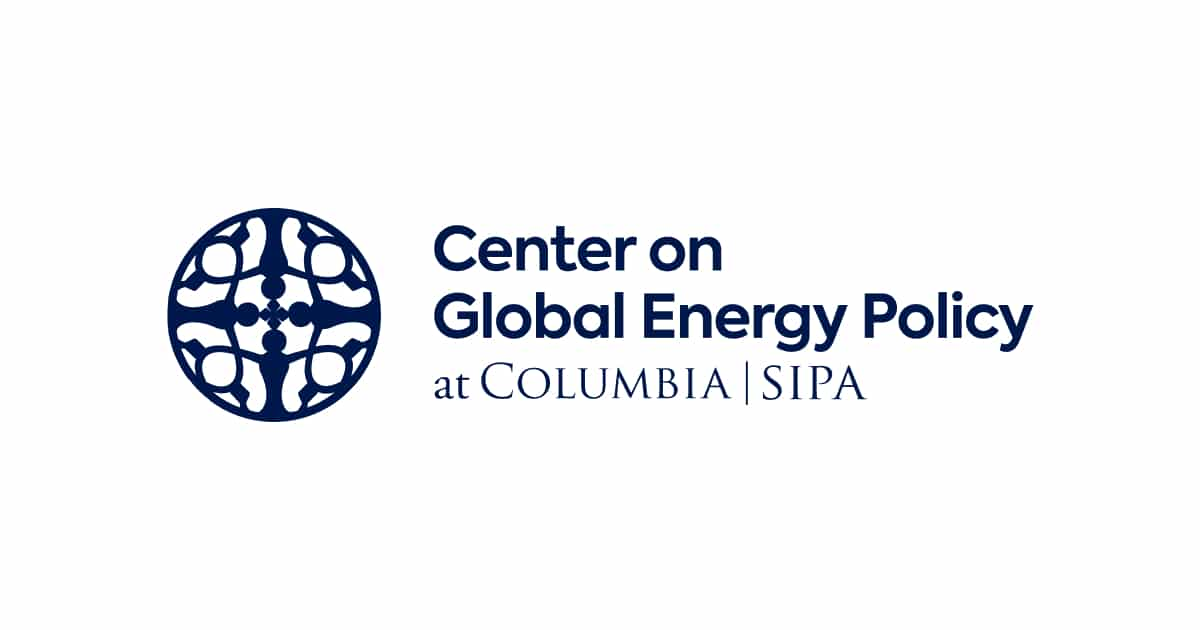This report presents the Federal Reserve Board’s current assessment of the resilience of the U.S. financial system. Similar reports are issued by other central banks.
The Fed monitors four broad categories of vulnerabilities:
- Elevated valuation pressures that imply the prospect of outsized drops in asset prices
- Excessive borrowing by businesses and households
- Excessive leverage within the financial sector
- Funding risks expose the financial system to the possibility of investor runs know as “financial panics.
This particular report made news because, for the first time, the Fed included climate change as a near term financial risk (pp. 58-59). A graphic depicts the interconnectedness of the climate and the elements of the financial system:
“Opacity of exposures and heterogeneous beliefs of market participants about exposures to climate risks can lead to mispricing of assets and the risk of downward price shocks. Similarly, uncertainty about the timing and intensity of severe weather events and disasters, as well as the poorly under- stood relationships between these events and economic outcomes, could lead to abrupt repricing of assets. Climate risks thus create new vulnerabilities associated with nonfinancial and financial leverage. In regions affected by severe events, households and businesses could become overlevered if the value of their assets or income prospects become impaired. Levered financial institutions may be exposed to losses from disasters made more likely by climate change that are not accurately reflected in current financial models; for example, financial models may lack sufficient geographical granular- ity to accurately connect local physical damages to financial exposures. The financial system is also vulnerable to amplification effects of these damages if contracts are incomplete and do not capture all damages and if poorly understood financial exposures cause spillover effects or financial contagion.”
Specific attention is paid to real estate risks.




